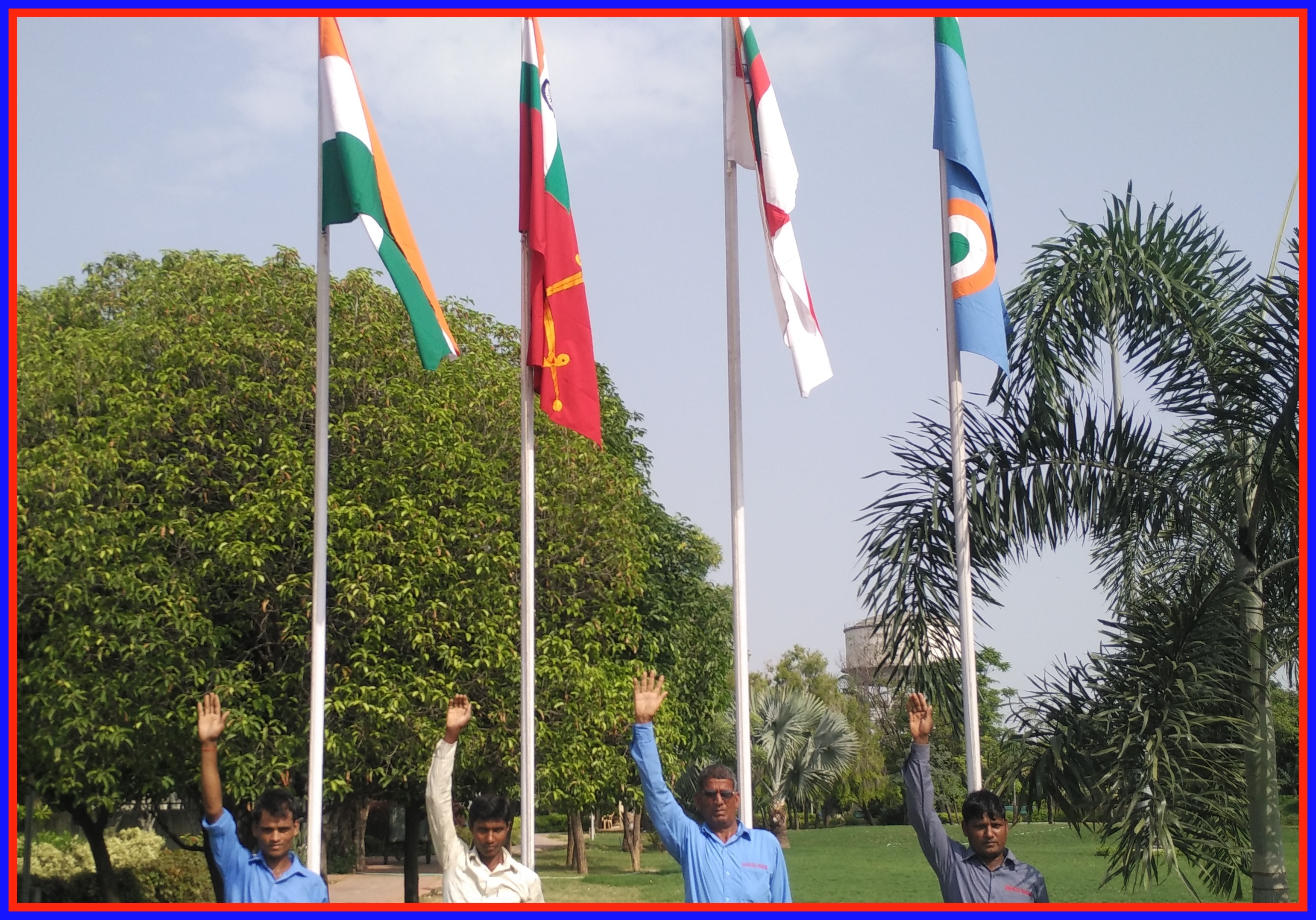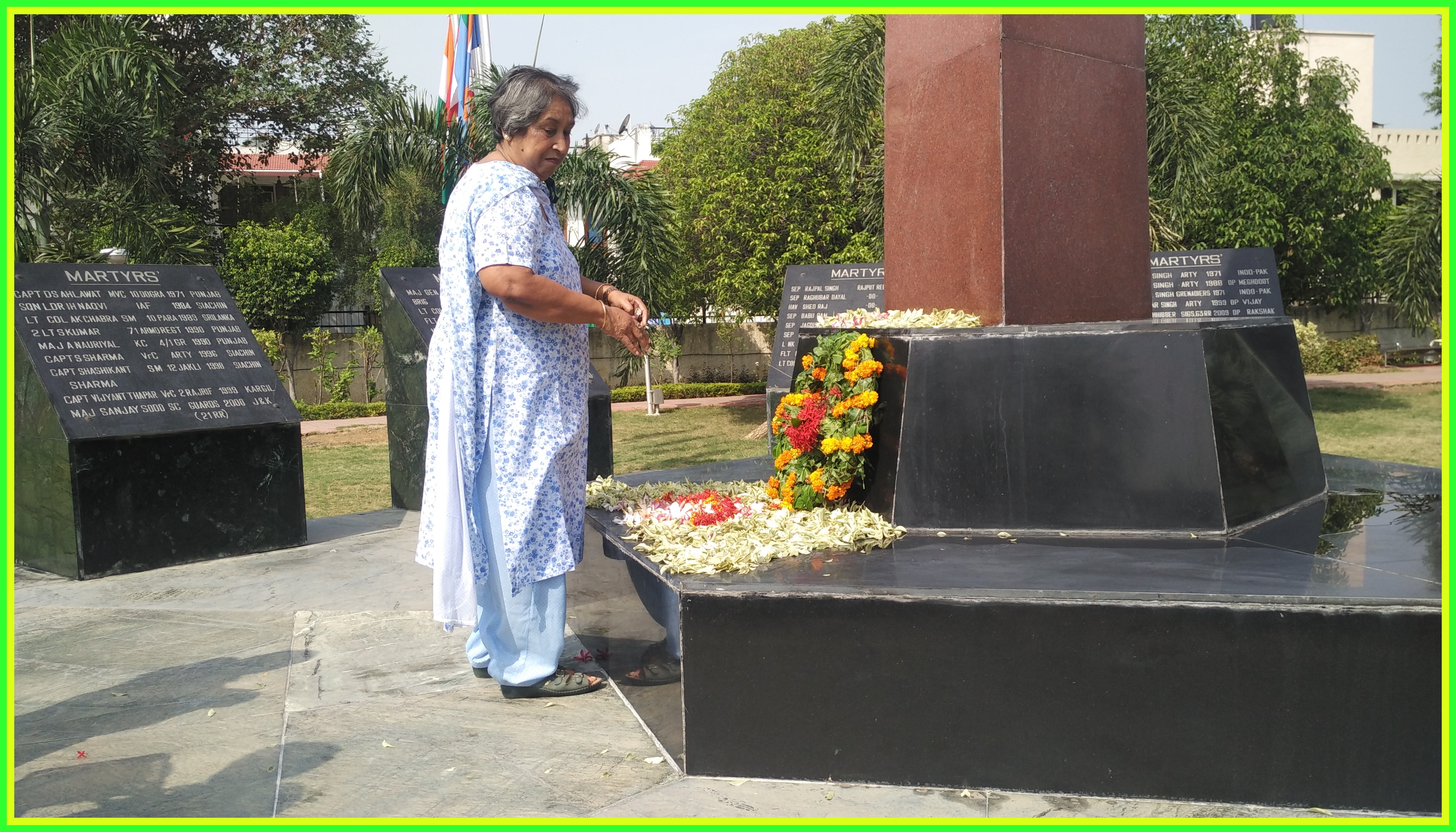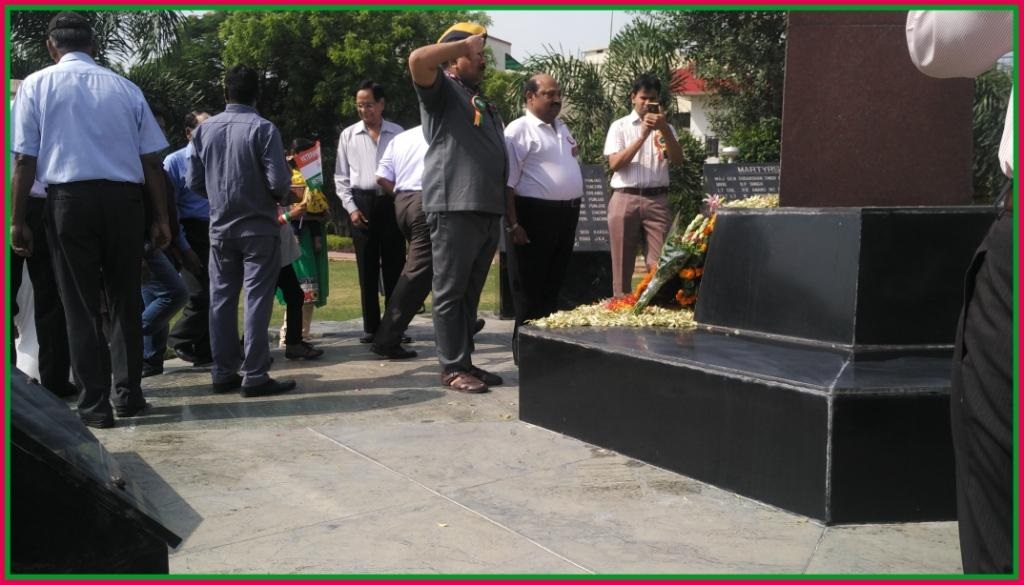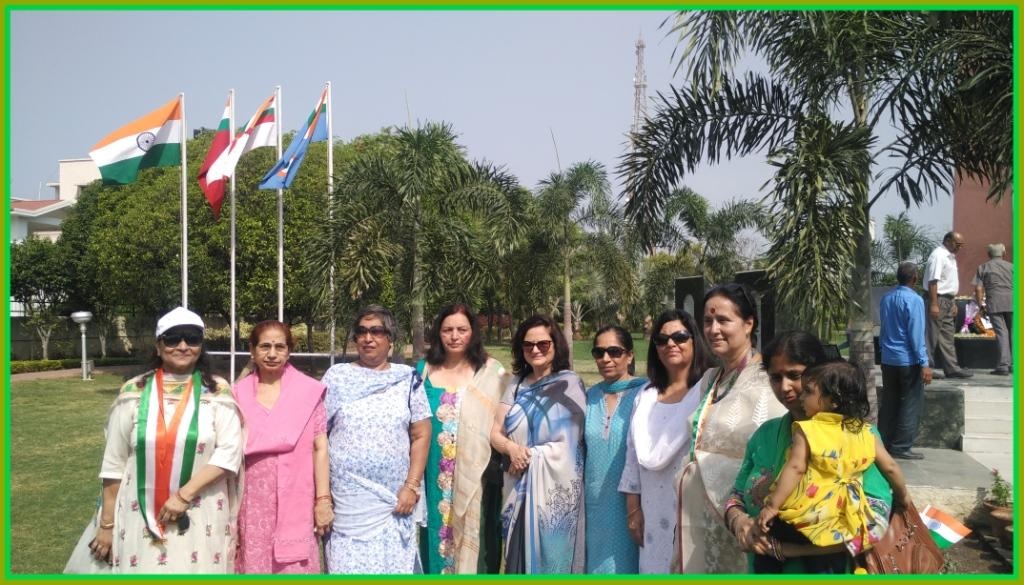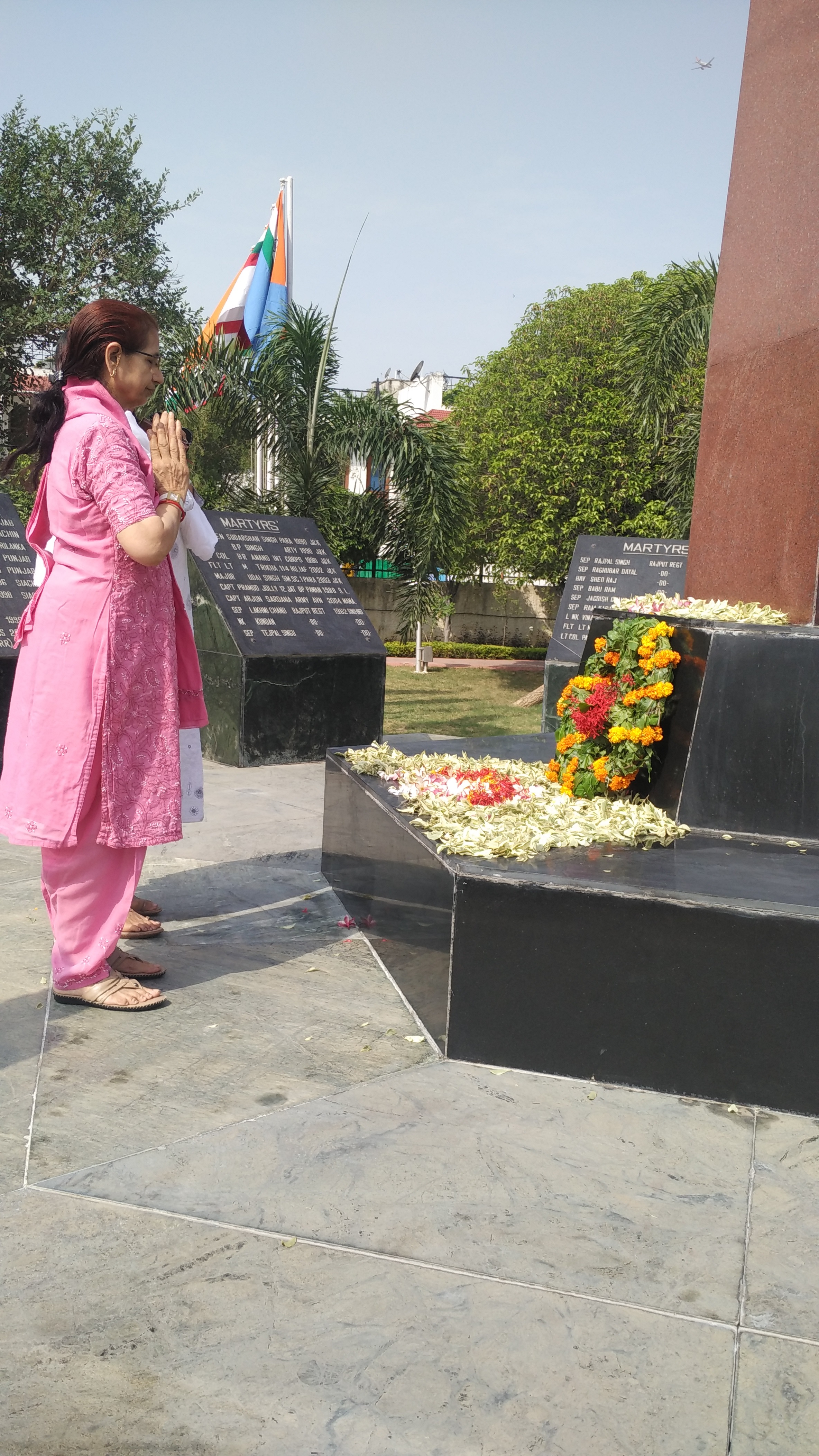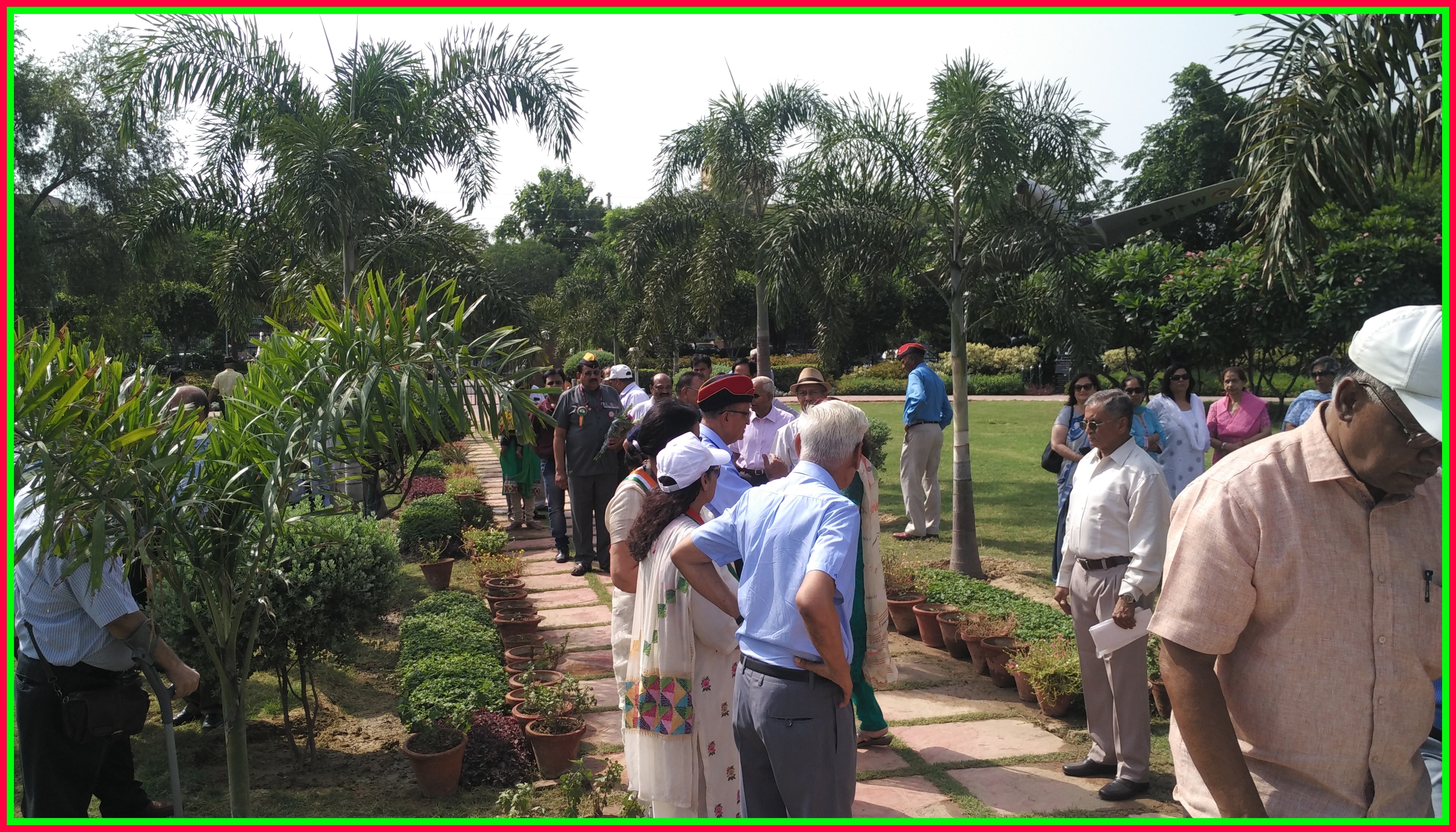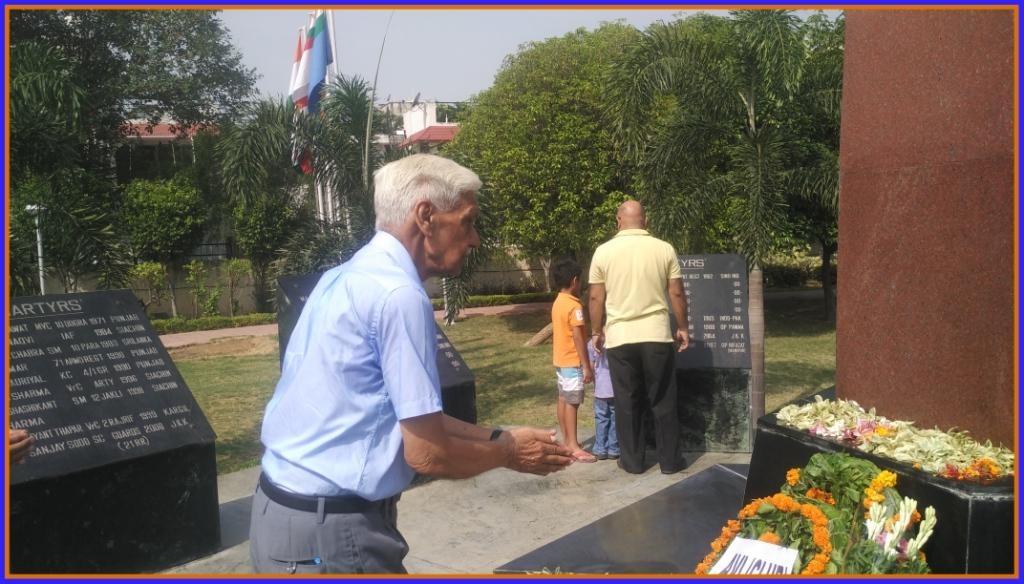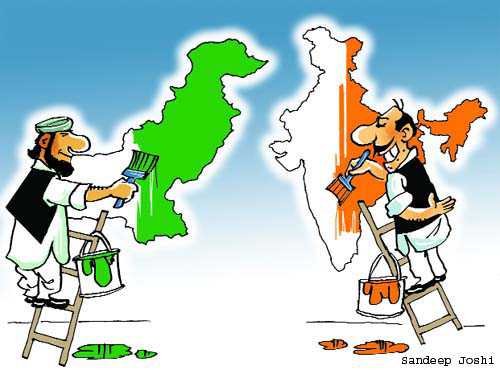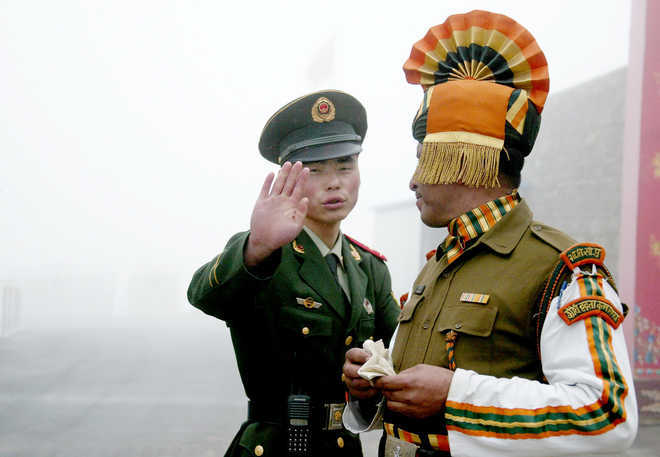Even as Trump takes the hard line against Pakistan backing certain terror groups, there are many US generals who do not wish to antagonise Afghanistan’s neighbour.
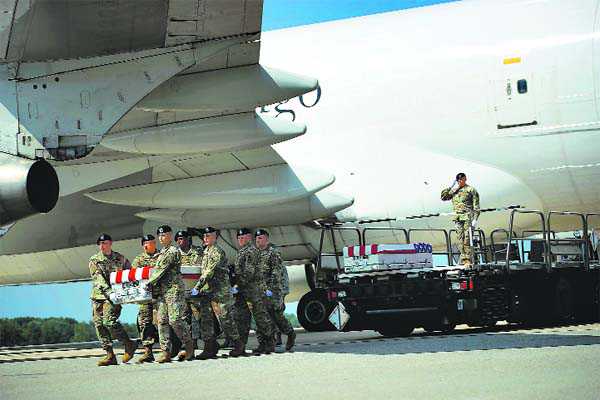
A US Army team at Dover Air Force Base carries the remains of Sgt. Jonathon Michael Hunter killed by a car bomb in Kandahar on August 2. AFP
Maj Gen Ashok K. Mehta (retd)The legendary Trump tantrums and tweets have so convulsed the White House that a four-star Marine General, John Kelly, in charge of Homeland Security, had to be transferred to the White House as Chief of Staff to maintain dignity and decorum and keep strategic policy-making insulated from chaos. Take Afghanistan, or Af-Pak. Inter-agency wrangles — between Pentagon, State Department, national security establishment and the CIA — have delayed the Af-Pak policy document. It was due in April but was put on hold as Secretary of State Rex Tillerson wanted to re-hyphenate Afghanistan with Pakistan.Gen John Nicholson, US Commander, Resolute Force, in Kabul, who was in Delhi last month, had been told to expect the strategic directive latest by July 18. Instead, on July 19, in a stormy meeting of top generals at the White House presided over by Trump, he demanded to know why the war in Afghanistan was not being won even after 16 years, 2,740 US lives and USD 1 tn. According to one insider account, Trump wanted Nicholson sacked and replaced with his National Security Advisor, serving Lt Gen HR McMaster. The President’s NSC has met thrice seeking out-of-the-box ideas. Trump had famously told visiting President Xi Jinping over dinner that he had left the war-fighting to the generals.At the July 19 meeting, Trump did not encounter any unconventional thinking, but was presented three widely accepted options — status quo, ramping up force levels, investing in a political solution. It seems he is incensed with Pakistan for consistently ‘not cooperating’ — after reviewing punitive policy recommendations made by Sen. John McCain, chairman, Senate Armed Forces Committee, following a brief visit last month to Pakistan; former Congressman Larry Pressler; and Lisa Curtis, Senior Director for South and Central Asia at the White House NSC. Trump is likely to get tough with Pakistan.The message loud and clear from the White House was conveyed last week by McMaster to Pakistani generals. That Trump will not tolerate any support to terrorists, Pakistan has to change its paradoxical policy of supporting the Taliban, Haqqanis and other groups and has to stop those providing safe havens and support bases to these groups. The bottom line is changing the behaviour of the deep state, which no US Administration has been able to achieve. Trump wants to win an unwinnable war hoping a tough and punitive policy on Pakistan’s non-compliance may open the door for better or worse in bringing a chastened Taliban/Haqqani network to the negotiating table. At the last count, the Taliban were in control of 95 of Afghanistan’s 407 districts.While McMaster is echoing Trump’s hard line, there are many generals, including Chairman, Joint Chiefs of Staff, John Dunford who do not wish to antagonise Pakistan and doubt whether a punitive approach can alter the behaviour of the Rawalpindi generals. Eventually, the hard line could prevail but how it gets operationalised will be worth watching.The security situation in Afghanistan is worsening by the day as Kabul awaits Trump’s Ten Commandments. While at the strategic level there is a stalemate, at the tactical level advantage is with the Taliban and their affiliates. Earlier in the year, National Security Adviser Hanif Atmar, speaking at the IDSA, New Delhi, had said that the Afghan National Security Forces (ANSF) were losing on an average 29 soldiers a day fighting Taliban, Haqqanis and the ISIS. In comparison, Indian losses in Kashmir for all of 2016 were 95 combatants. Last three months have witnessed the most horrendous attacks ever — biggest truck bomb explosion in Kabul and the largest assault on an army camp in Balkh province killing hundreds of civilians and soldiers. These have sapped the confidence of Afghans who came on the streets demanding security from the National Unity government (NUG) riven with differences and afflicted by corruption. Meanwhile, the NUG has evolved a four-year (2017-2020) roadmap for enhancing ANSF fighting capabilities as agreed at the Warsaw Nato summit this May. The Americans and the West pay almost the entire cost of Afghanistan security and economy.Pentagon’s latest report on Afghanistan states that India is the most reliable friend of the Kabul regime. Prime Minister Modi has repeatedly said that India will stick with Afghanistan through thick and thin. During last week’s US-India Forum at New Delhi, Foreign Minister Sushma Swaraj lauded sacrifices made by the US in preserving the gains of the last 16 years, including peace, security and democracy in Afghanistan. New Delhi’s development assistance for Afghanistan is worth USD 3 bn and is the largest to any country other than Bhutan.Pakistan is the stick in the mud. Atmar had made plain that defeat of the Taliban was possible only if the Taliban and Haqqani sanctuaries were dismantled. He claimed that the Afghan Special Forces were the best in the world and the war could be taken to the sanctuaries. Senator Ted Poe has listed two legislations, one declaring Pakistan a state sponsor of terrorism and the other withdrawing the privileged status of Most Favoured Non-Nato Ally. Trump advisers are convinced that only coercion and raising the costs for Pakistan will work. Besides curtaining funding, hard options such as surgical strikes against sanctuaries and targeted drone strikes to take out the Taliban and Haqqani leadership are on the table.Since 2004, when drone strikes first started against Pakistan, 428 strikes have taken place, the last on July 3 in South Waziristan against ISIS targets. On June 13, US drones struck in Hangu district of Khyber Pakhtunwa, killing Abu Baqar Haqqani, in Pakistan beyond the drone-permissible tribal belt area. This is the second attack outside the agreed drone-strike areas, the last being in Balochistan which took out Taliban supremo Mullah Mansour last year. It is estimated that approximately 1,200 to 1,600 terrorists have been killed in drone attacks. Will the drone strikes extend to Taliban and Haqqani sanctuaries on Pakistani soil? Will Afghanistan Special Forces assisted by US Rangers conduct surgical strikes against safe havens? A Trump authorisation for either or both these options can be a game-changer. While admiring the chocolate cream dessert at the banquet for Xi, Trump informed him that Cruise Missiles had just attacked the Syrian airbase from where chemical attacks were launched by Assad forces in Syria. How far can Trump go to tame Pakistan to get out of Afghanistan? The long awaited policy directive will conceal more than it will reveal!The writer is a founder-member of the Defence Planning Staff.












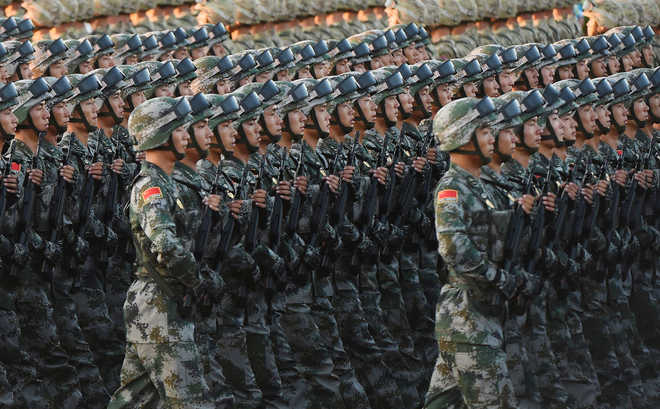

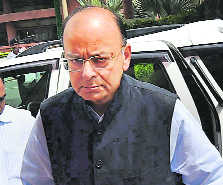



 PTI FILE
PTI FILE
